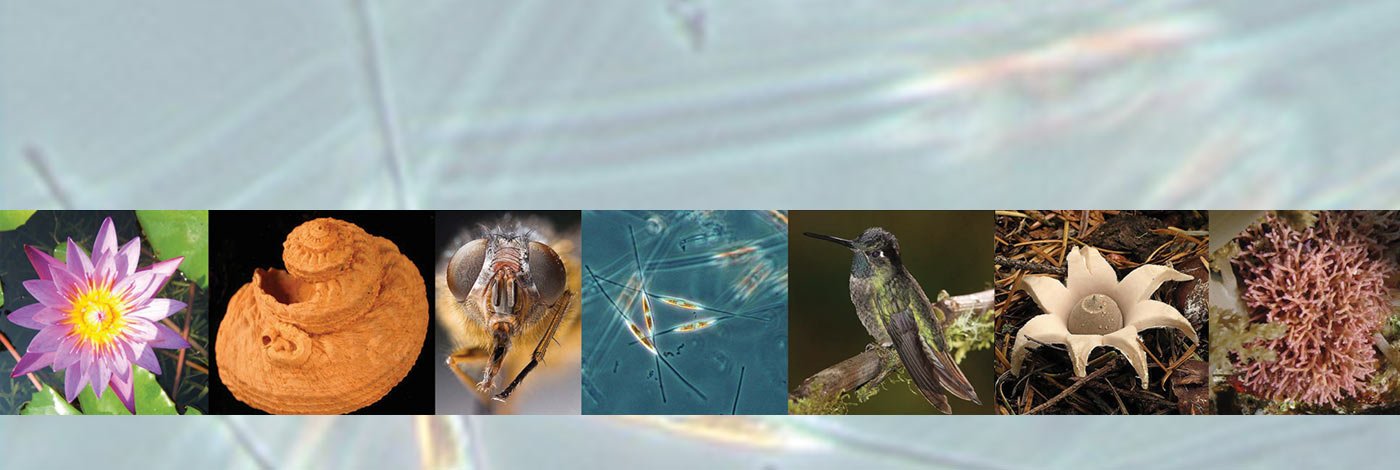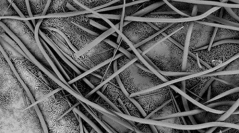

 European Journal of Taxonomy
2019 (506) - Pages 1-25
European Journal of Taxonomy
2019 (506) - Pages 1-25Due to the possession of huge contort strongyles, and a lack of triaenes in an otherwise ‘astrophorine’ spicule complement, the phylogenetic position of the endemic, monospecific New Zealand sponge genus, Lamellomorpha Bergquist, 1968, has remained enigmatic. The genus was established within Jaspidae de Laubenfels, 1968 (in the abandoned order Epipolasida Sollas, 1888), but it was not until 2002 that the genus was transferred formally to Astrophorina Sollas, 1887, albeit incertae sedis, by Hooper & Maldonado (2002). In this study, we recognise specimens of Lamellomorpha from the Subantarctic New Zealand region and Chatham Rise, considered by Bergquist to be conspecific with the type species, L. strongylata Bergquist, 1968, first described from the Three Kings-Spirits Bay region of Northland, as the new species, L. australis Kelly & Cárdenas sp. nov. These two species of Lamellomorpha have differences in external morphology and colour, skeletal architecture and spicules, natural products, geographical distribution, and depth ranges. Sequencing of the COI Folmer barcode/mini-barcode and of 28S (C1–C2 domains) of these two species suggests phylogenetic affinities of Lamellomorpha with the tetractinellid suborder Astrophorina and the family Vulcanellidae Cárdenas et al., 2011. Two Subantarctic New Zealand species of the vulcanellid genus Poecillastra Sollas, 1888, P. ducitriaena Kelly & Cárdenas sp. nov. and P. macquariensis Kelly & Cárdenas sp. nov., provide further support for the close relationship of Lamellomorpha and Poecillastra.
New species, Poecillastra, Porifera, secondary loss, Subantarctic New Zealand.